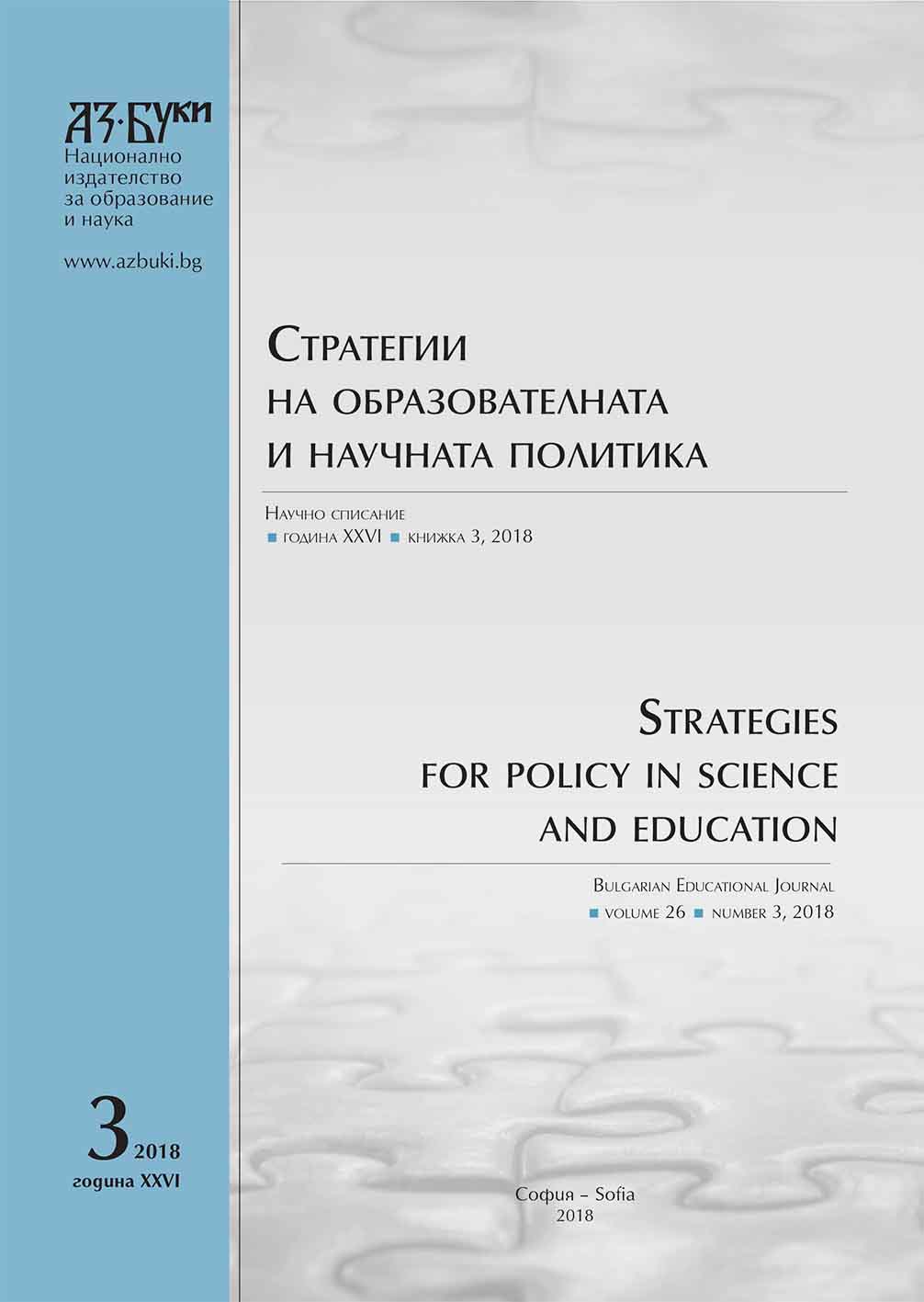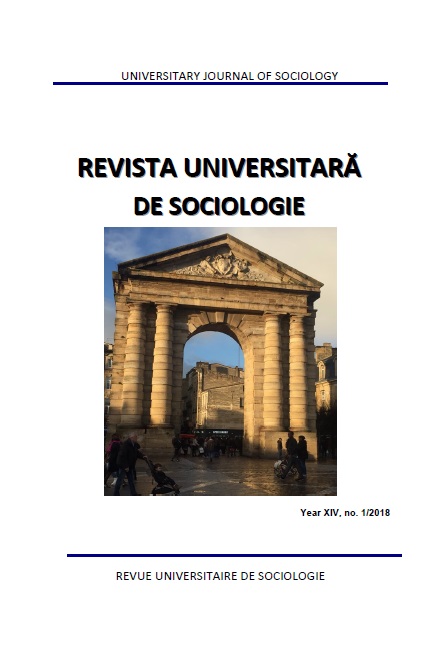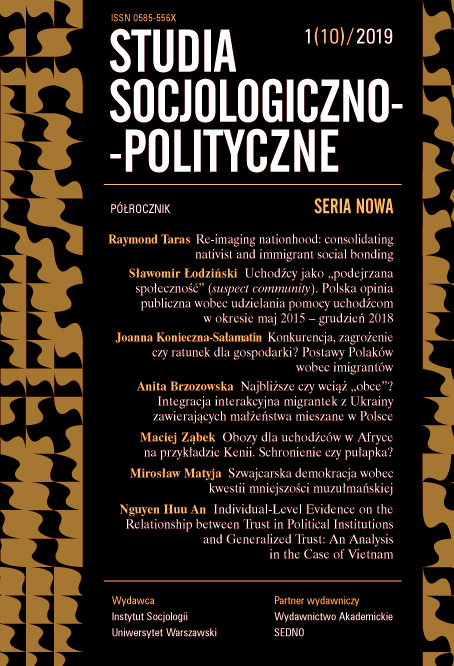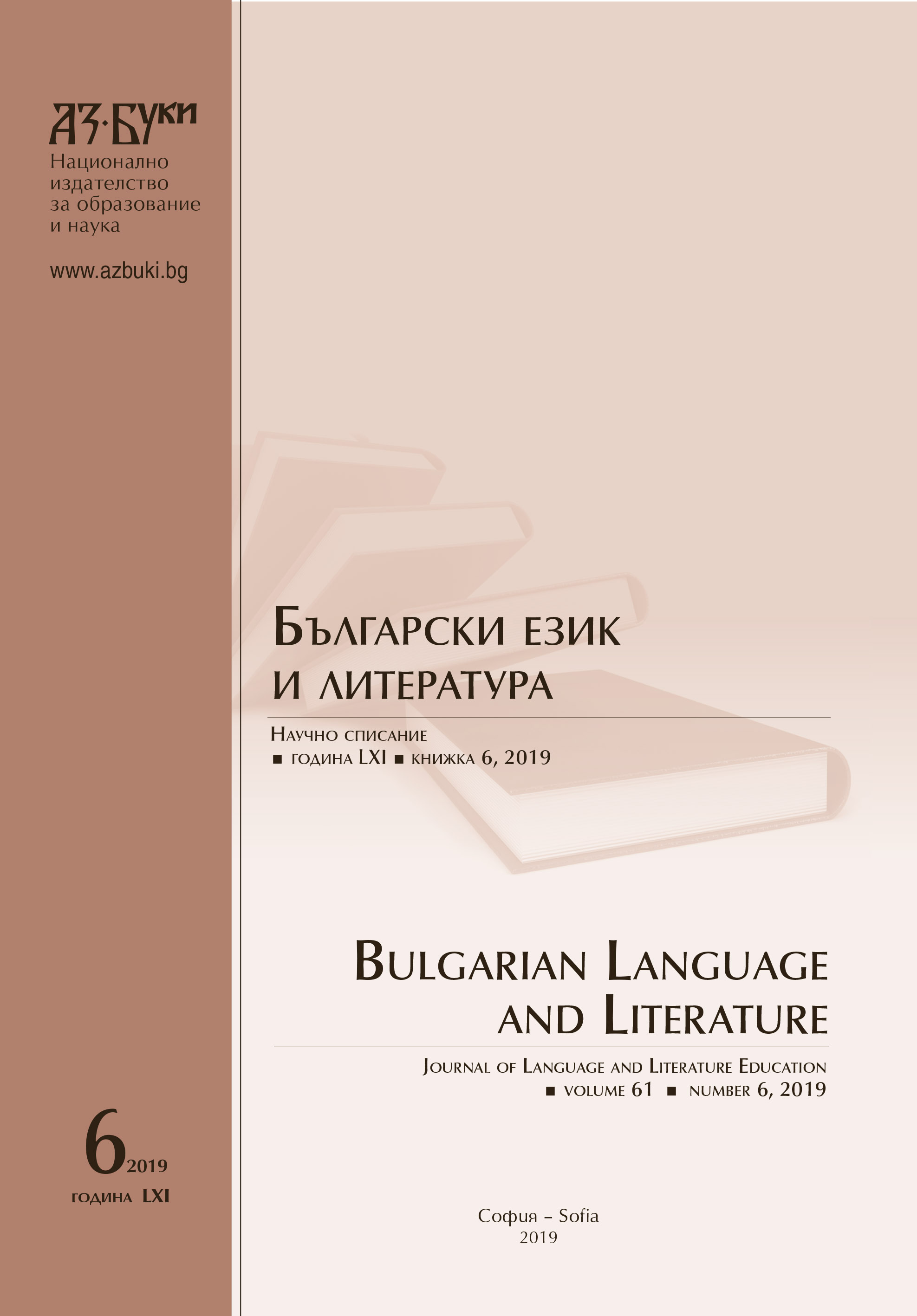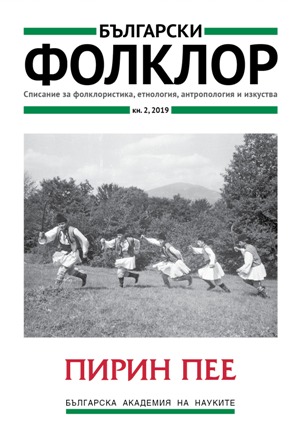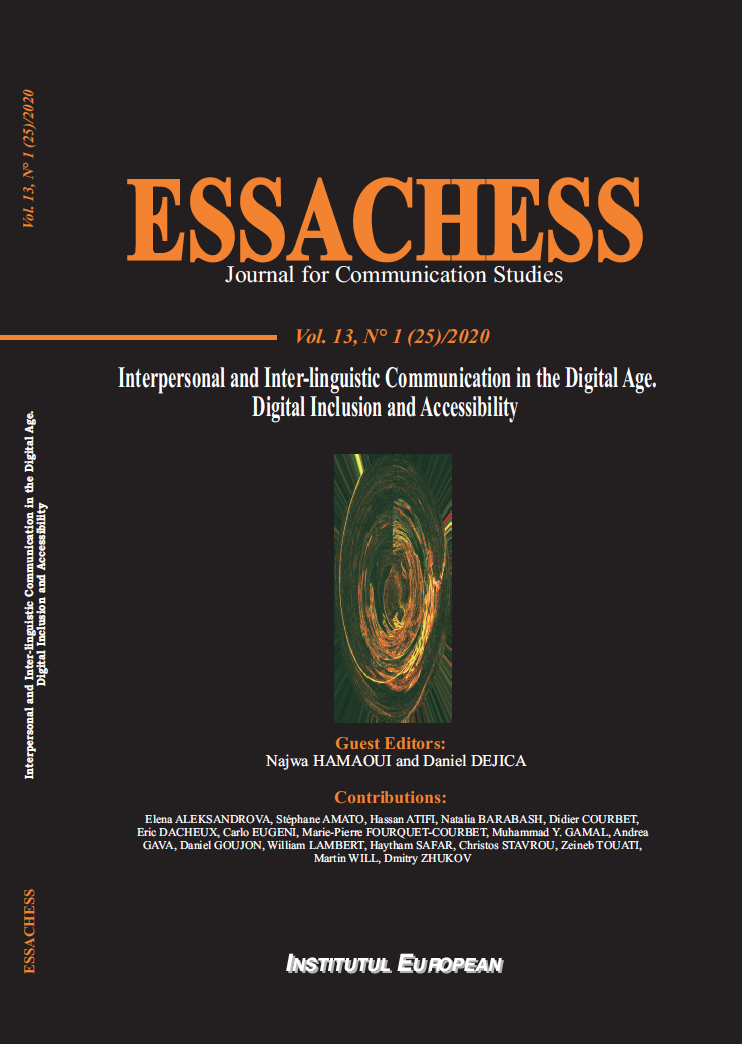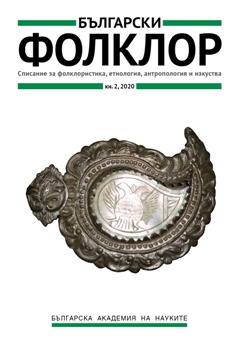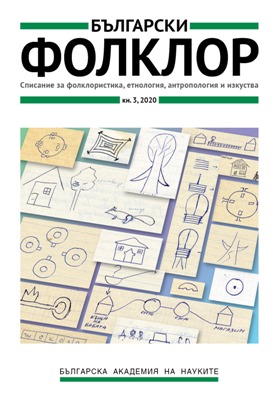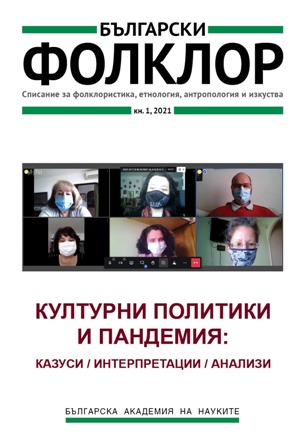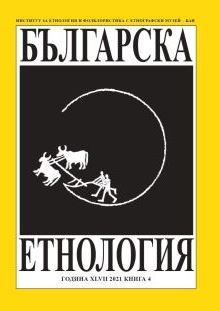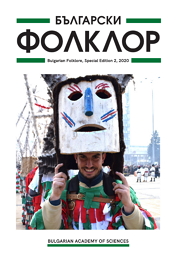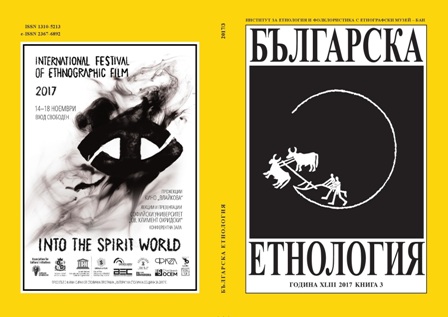
Личното име и езика като културни маркери за (само)идентификация на поколението от смесени семейства
This research deals with two topics concerning mixed parentage rearing practices in Bulgaria. On the one hand, it is the naming the offspring with regard to the name giver(s) and principles of name-choosing, deriving from parent(s)’ cultural heritage and affected (or not) by the living-in social environment. On the other hand, there is the matter of the non-Bulgarian language acquisition, whose development is a question of micro managing of each of the families (and in many cases of each of the partners). Parents’ decisions, regarding these topics, set the manner in which others look at the mixed offspring, as well as how the children accept themselves as bearers of two cultural backgrounds.
More...
